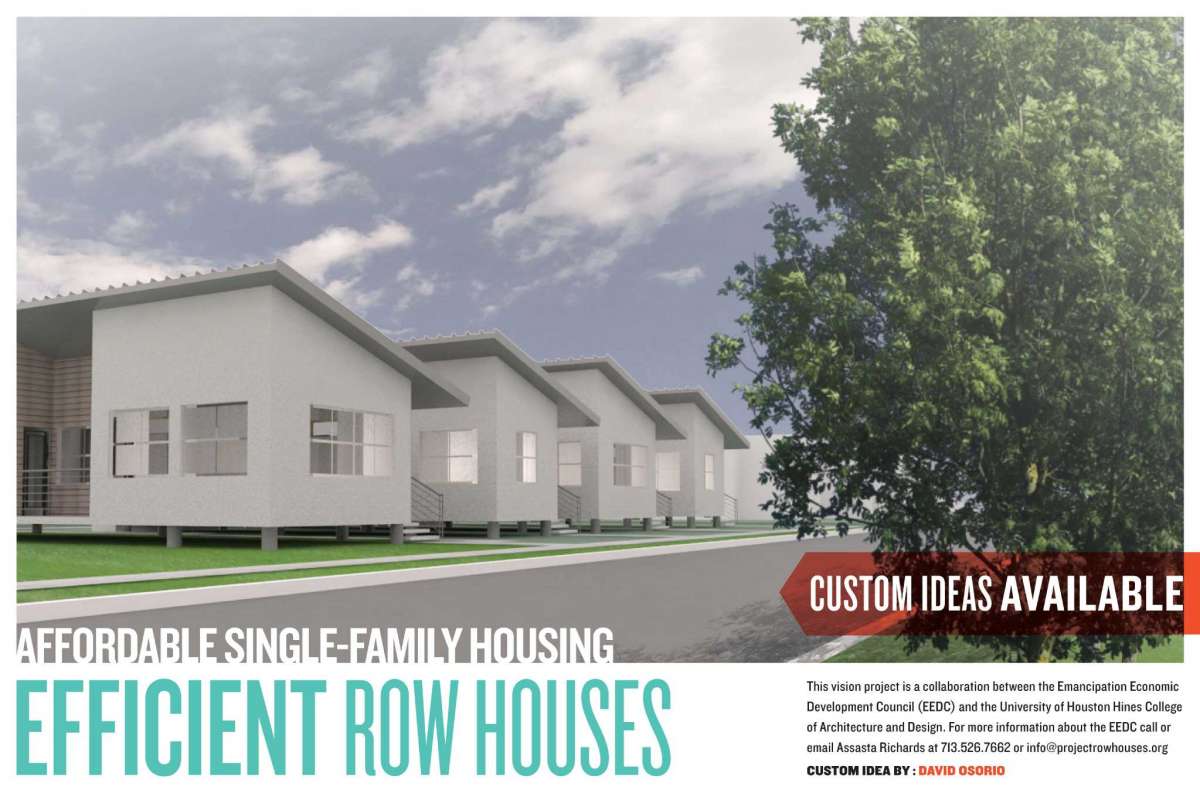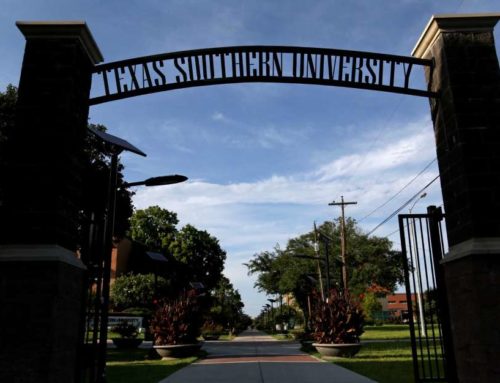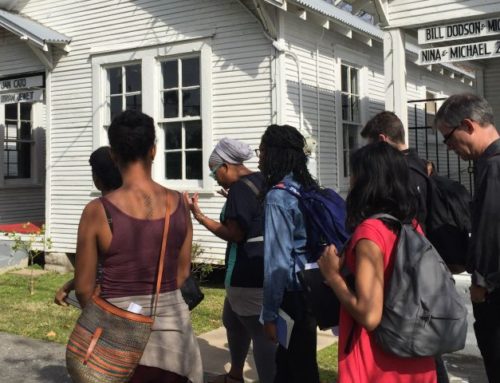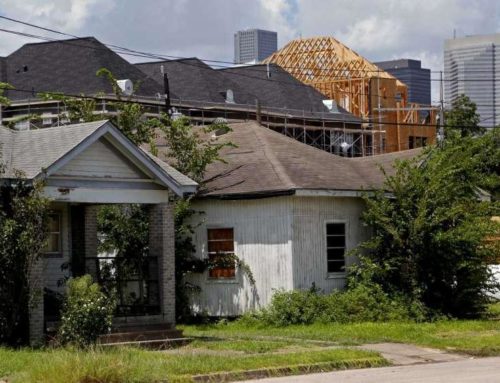Designs Reawaken Dowling Street’s Forgotten Past
In the late 1940s, there were almost 120 stores along Dowling Street between Interstate 45 and Alabama, once the commercial spine of the Third Ward.
Like any thriving neighborhood, there were restaurants, movie theaters and grocery stores, tailors, printers and car shops.
A recent survey of the area shows only about 20 businesses operating today.
In February, students and professors from the University of Houston’s Gerald D. Hines College of Architecture along with members of a new Third Ward community group came together to discuss a design project that would envision a revitalized Dowling Street.
A large model of the area, a patchwork of rundown buildings and vacant lots, was presented, and members of the Emancipation Economic Development Council provided input on what they wanted to see in some of the empty spaces.
“We had blocks representing housing, commercial development and civic things, and we asked people to refill the corridor. They wrote on stickies the types of uses they really wanted to see,” said Susan Rogers, UH architecture professor.
Students picked 22 vacant sites and, based on the feedback from the meeting, designed developments ranging from single-family homes to mixed-use projects with offices, art studios and shops. There were grocery stores, a movie theater and a senior housing complex.
The development council was formed last year with efforts in mind to protect the community’s history and stimulate the economy. It is being spearheaded by area churches and Project Row Houses, a community-based arts and culture nonprofit.
The reasons for the area’s decline are complex.
Part of it had to do with redlining practices instituted in the 1930s, meaning residents and business owners didn’t have access to loans to improve their properties and help their businesses grow. Many residents moved out of the neighborhood, which also suffered from the shift in the way retail services were provided to consumers on a larger scale. Mom-and-pop markets and drugstores were replaced by mega-markets and pharmacy chains that stayed away from lower-income regions.
Rogers, who led the project with UH professor Ronnie Self, said she hopes her students’ ideas help influence development in the Third Ward, the university’s home, as well.
A couple of weeks ago, the students placed yard signs with renderings on the sites where their developments were proposed. Instead of “Land Available,” the signs read “Custom Ideas Available.”
As urban neighborhoods like the Third Ward have become blanketed with upscale housing in recent years, council members don’t want to see Dowling turned into a tunnel of townhomes.
“They really want it to be the Main Street of Third Ward once again,” Rogers said.
Park plan ‘still in play’
The chain-link fence surrounding a 1970s-era office complex at the northeast corner of Westheimer and Mid Lane portend the demolition of the vacant structures that sit on a pricey plot of Houston real estate.
The property owner purchased the development several years ago. On the back of the property, an eight-story apartment building called The James opened last year. A multifamily building with 17 stories called The Ivy is under construction.
Once the existing office buildings are taken down, it would be expected that the owner, Stonelake Capital Partners, would have plans for another building, maybe two. Yet Stonelake says it will develop a 5-acre park at the front of the site, an amenity to the residents, according to the company’s website.
Alan Schoellkopf, Stonelake’s chief operating officer, confirmed that the park plan is still in play but directed additional questions to an associate with the firm who did not return calls.
Perhaps the park will be temporary and buildings will be developed once the commercial real estate market improves. But maybe it will become another example of urban green space, as developers put more of an emphasis on nature and community spaces.
The site is between Highland Village and River Oaks District. It includes several low-rise buildings that housed an Indian restaurant, two banks, medical offices and other small businesses.
Stonelake Capital was founded in 2007 and has raised a series of funds it manages on behalf of college endowments, foundations, family offices and pension funds. Its investments include industrial, retail, multifamily and office properties in the major markets in Texas.








